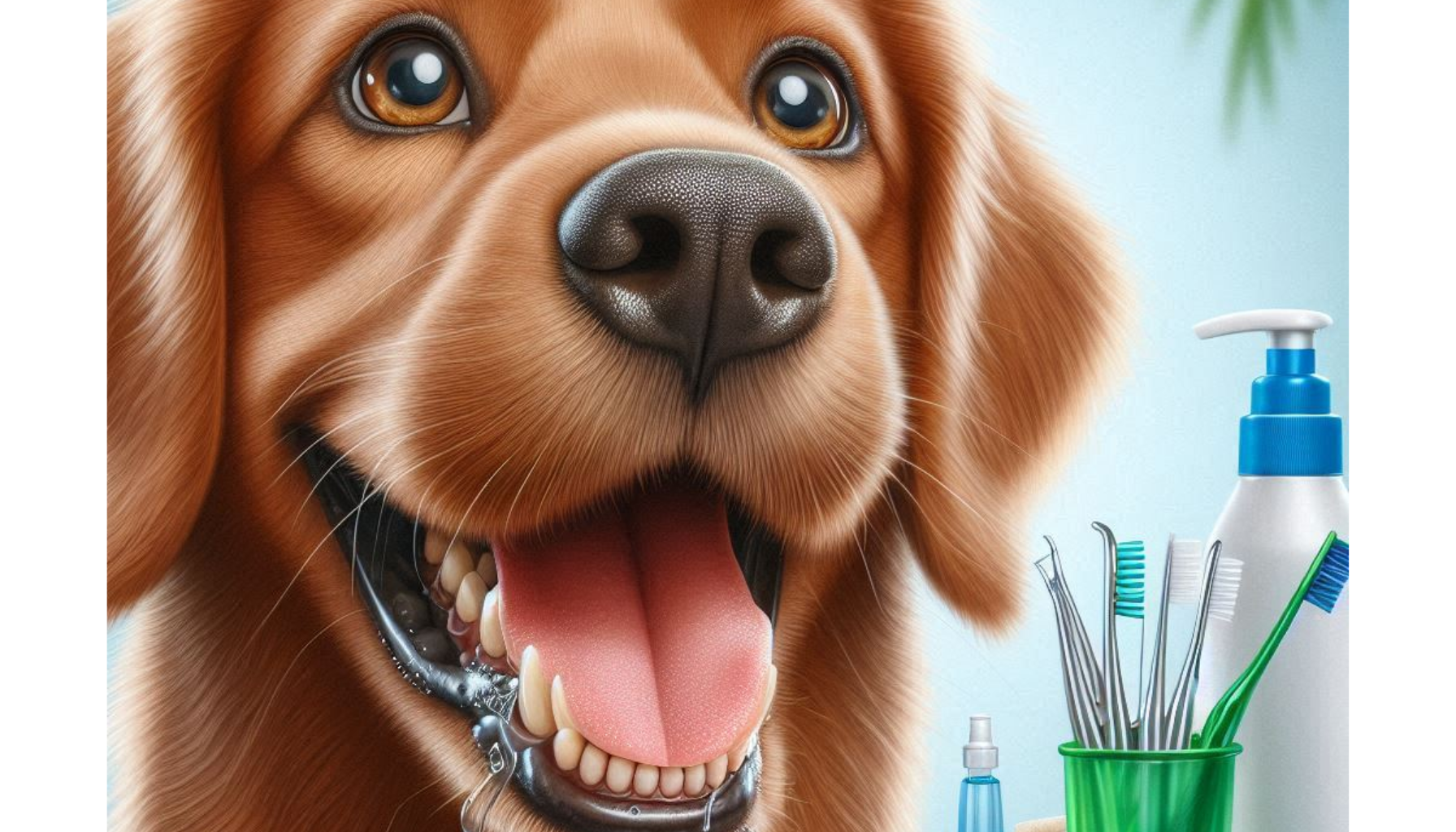Good oral hygiene is essential for your pet’s overall health and well-being. Poor dental care can lead to bad breath, gum disease, tooth loss, and even organ damage.
The good news? With regular care, you can prevent dental issues and keep your pet’s teeth clean and healthy!
In this guide, we’ll cover the importance of pet dental care, signs of dental problems, and the best ways to maintain oral health for dogs and cats.
1. Why Is Dental Care Important for Pets? 🤔🐾
Many pet owners overlook dental health, but it’s crucial to prevent serious problems.
🚨 Risks of Poor Dental Hygiene:
🔴 Plaque & tartar buildup → Leads to bad breath and gum inflammation.
🔴 Gingivitis & periodontitis → Can cause painful infections.
🔴 Tooth decay & tooth loss → Leads to difficulty eating.
🔴 Organ damage → Bacteria from the mouth can spread to the heart, liver, and kidneys.
📌 Tip: By age 3, 80% of dogs and 70% of cats show signs of dental disease—start dental care early!
2. Signs of Dental Problems in Pets 🏥🐕🐈
🚨 Common Signs of Dental Disease:
🔴 Bad breath (persistent, not just after eating).
🔴 Red, swollen, or bleeding gums.
🔴 Yellow or brown plaque buildup on teeth.
🔴 Drooling excessively.
🔴 Difficulty eating or chewing on one side.
🔴 Pawing at the mouth or face.
📌 Tip: If your pet shows any of these symptoms, schedule a vet check-up immediately!
3. How to Brush Your Pet’s Teeth (Step-by-Step Guide) 🪥🐾
Brushing your pet’s teeth is the best way to prevent plaque and tartar buildup.
✅ What You Need:
✔ Pet-safe toothbrush (soft-bristled or finger brush).
✔ Pet toothpaste (never use human toothpaste—it’s toxic!).
✔ Towel or blanket (to keep your pet comfortable).
🚨 DO NOT USE: Fluoride or xylitol-based toothpaste—they are toxic to pets!
✅ Step-by-Step Brushing Guide:
1️⃣ Let your pet sniff the toothbrush & toothpaste—make it a positive experience.
2️⃣ Gently rub their gums with your finger for a few days before using the brush.
3️⃣ Apply a small amount of pet toothpaste to the brush.
4️⃣ Brush in circular motions along the gumline (focus on the outer teeth).
5️⃣ Reward with treats & praise after brushing!
📌 Tip: Start brushing slowly—even a few seconds a day helps!
4. Use Dental Chews & Treats for Extra Cleaning 🦴🐾
If your pet doesn’t like brushing, dental chews and treats can help remove plaque naturally.
✅ Best Dental Treats for Dogs & Cats:
✔ Rawhide-free dental chews (gentle on teeth).
✔ Bully sticks (natural, long-lasting).
✔ Dental kibble or crunchy treats.
📌 Tip: Look for VOHC-approved (Veterinary Oral Health Council) dental treats!
5. Provide Safe Chew Toys for Oral Health 🧸🐾
Chewing scrapes off plaque and strengthens teeth.
✅ Best Chew Toys for Dental Care:
✔ Rubber chew toys (like KONGs) – Encourages natural chewing.
✔ Nylon bones – Durable and helps reduce plaque.
✔ Rope toys – Massages gums while playing.
🚨 Avoid:
❌ Hard bones (can crack teeth).
❌ Cooked bones (can splinter and cause injury).
📌 Tip: Always supervise pets when giving new chew toys!
6. Use Water Additives & Dental Sprays 💦🦷
Water additives act like mouthwash for pets—fighting plaque and freshening breath.
✅ How to Use Them:
✔ Add vet-approved dental water additives to your pet’s drinking bowl.
✔ Use dental sprays for pets that resist brushing.
🚨 Warning: Avoid alcohol-based dental sprays—they can cause irritation.
📌 Tip: Water additives are great for senior pets who dislike brushing!
7. Schedule Professional Dental Cleanings 🏥👩⚕️
Even with home care, pets need professional dental cleanings at the vet.
✅ When to Schedule a Cleaning:
✔ Every 6-12 months for high-risk breeds.
✔ If you notice bad breath, swollen gums, or yellow teeth.
🦷 What Happens During a Vet Cleaning?
✔ Full teeth scaling to remove plaque/tartar.
✔ Gum examination for infections or disease.
✔ Possible tooth extractions (if decay is severe).
📌 Tip: Delaying dental care can lead to painful infections and expensive treatments.
8. Watch for Signs of Dental Pain 🚨
Pets hide pain well, so regular mouth checks are essential.
🔴 Excessive drooling or bloody saliva.
🔴 Sudden loss of appetite or chewing on one side.
🔴 Reluctance to play with chew toys.
🔴 Pawing at the mouth.
📌 Tip: If your pet refuses to eat or yelps when chewing, see a vet immediately!
9. Feed a Healthy Diet for Strong Teeth 🥩🍎
A balanced diet supports strong teeth and gums!
✅ Best Foods for Dental Health:
✔ Crunchy kibble – Helps scrape off plaque.
✔ Raw meaty bones (under vet supervision) – Naturally cleans teeth.
✔ Low-sugar diets – Prevents plaque buildup.
🚨 Avoid:
❌ Soft, sticky foods that stick to teeth.
❌ Sugary treats (increases plaque and decay).
📌 Tip: Some prescription dental diets help prevent tartar buildup!
10. Start a Dental Routine Early! 🐶🐱
It’s never too late to start, but young pets adapt faster to dental care!
🐾 For Puppies & Kittens:
✅ Introduce a toothbrush as early as 8-12 weeks old.
✅ Let them lick pet toothpaste off your finger first.
🐾 For Adult Pets:
✅ Start slowly with short brushing sessions.
✅ Offer dental treats if they resist brushing.
📌 Tip: Be patient and consistent—good habits take time!
Final Thoughts: A Healthy Mouth = A Happy Pet! 🦷🐶🐱
Caring for your pet’s teeth prevents disease, reduces vet costs, and improves their quality of life. By following these simple steps, you can keep their smile healthy and bright!
✅ Brush regularly with pet-safe toothpaste.
✅ Use dental treats, chew toys, and water additives.
✅ Schedule annual vet cleanings.
✅ Watch for early signs of dental problems.
🐾 Healthy teeth = A longer, happier life for your pet!
